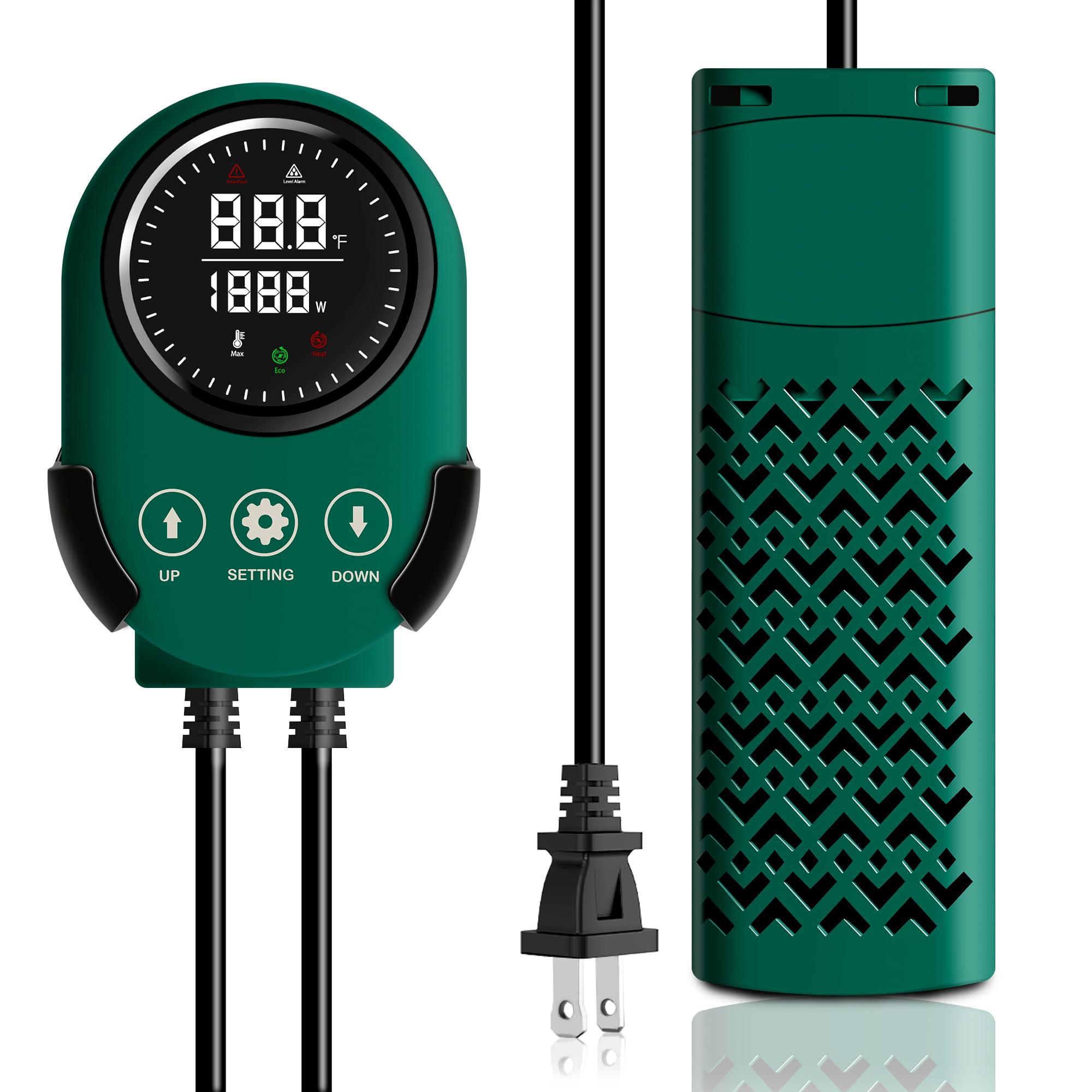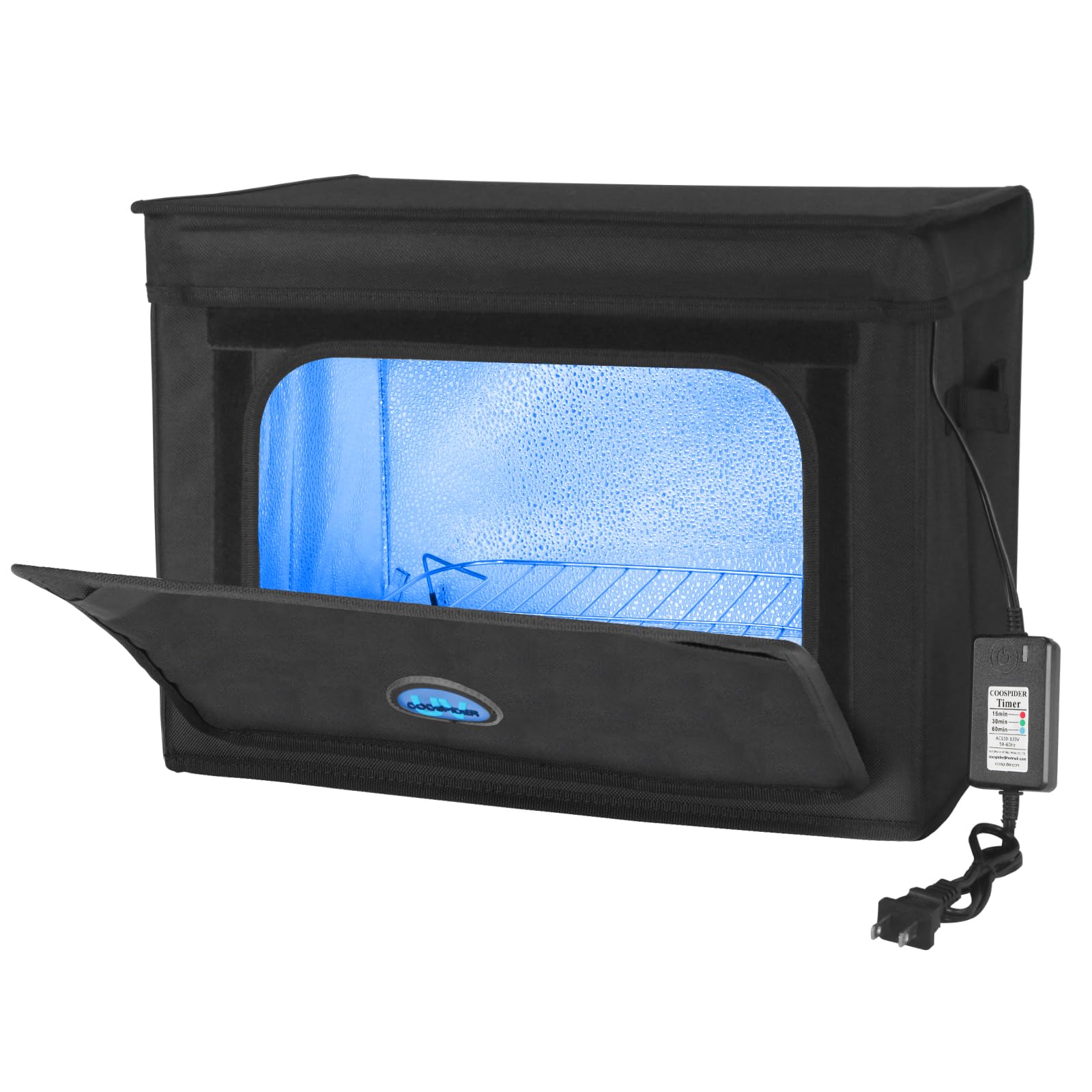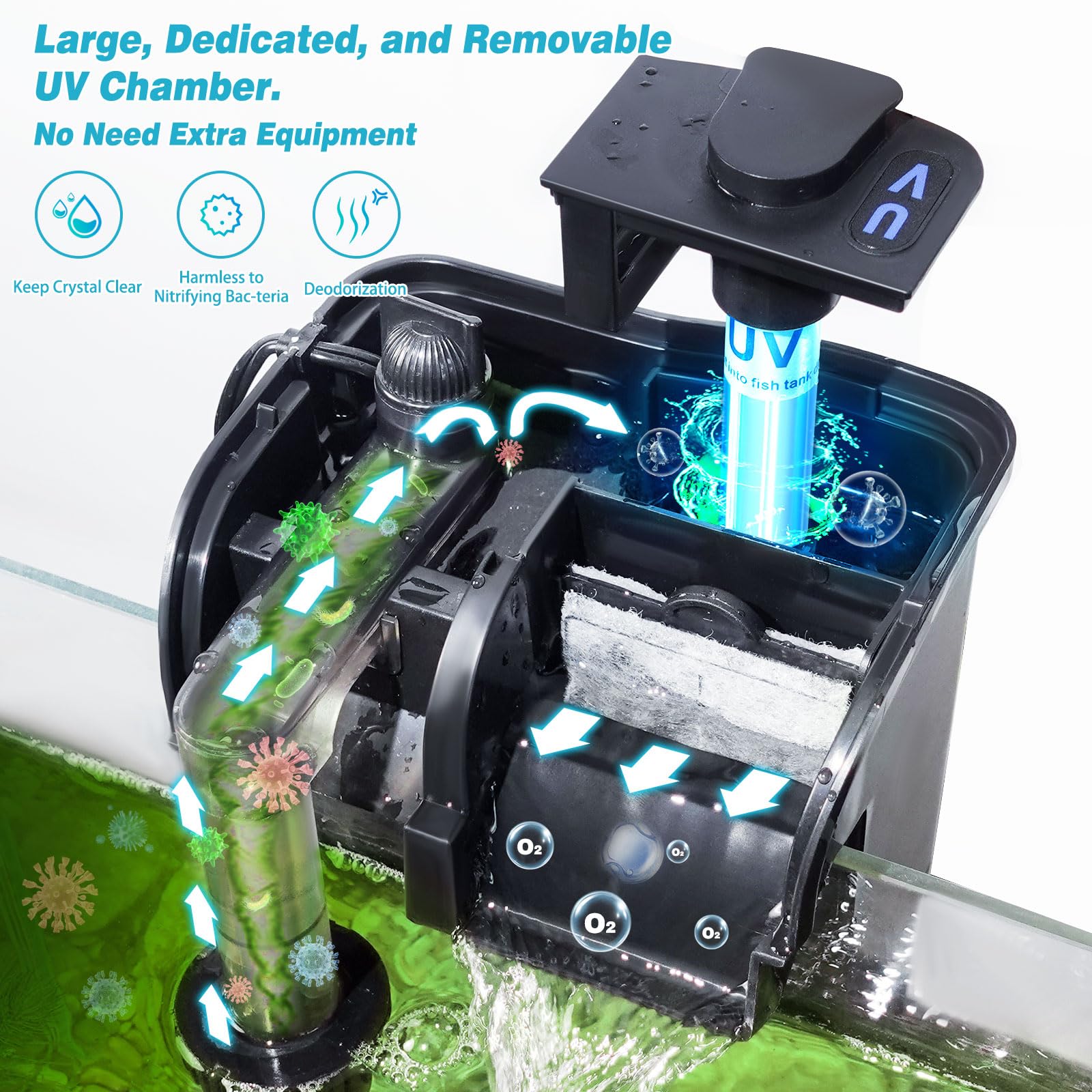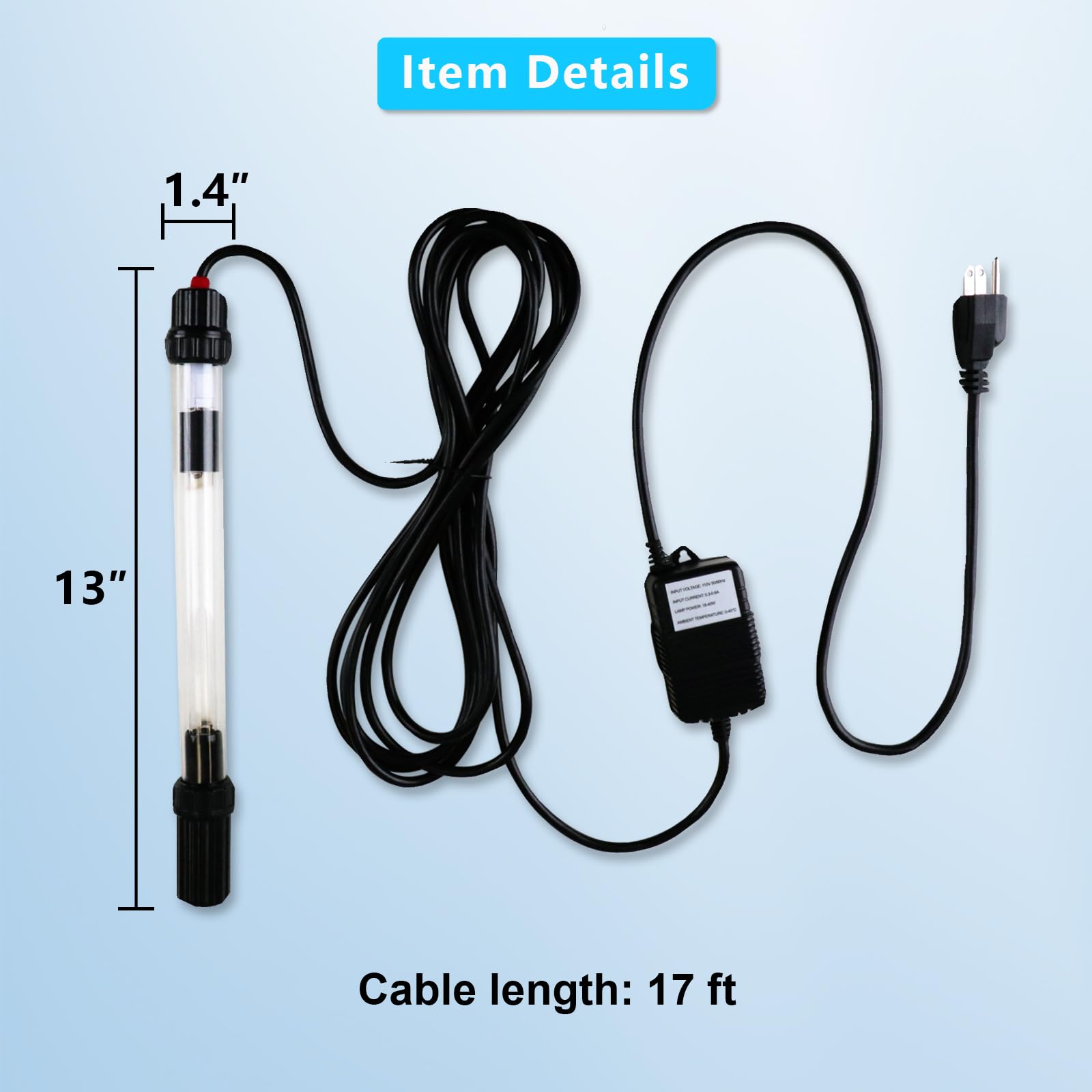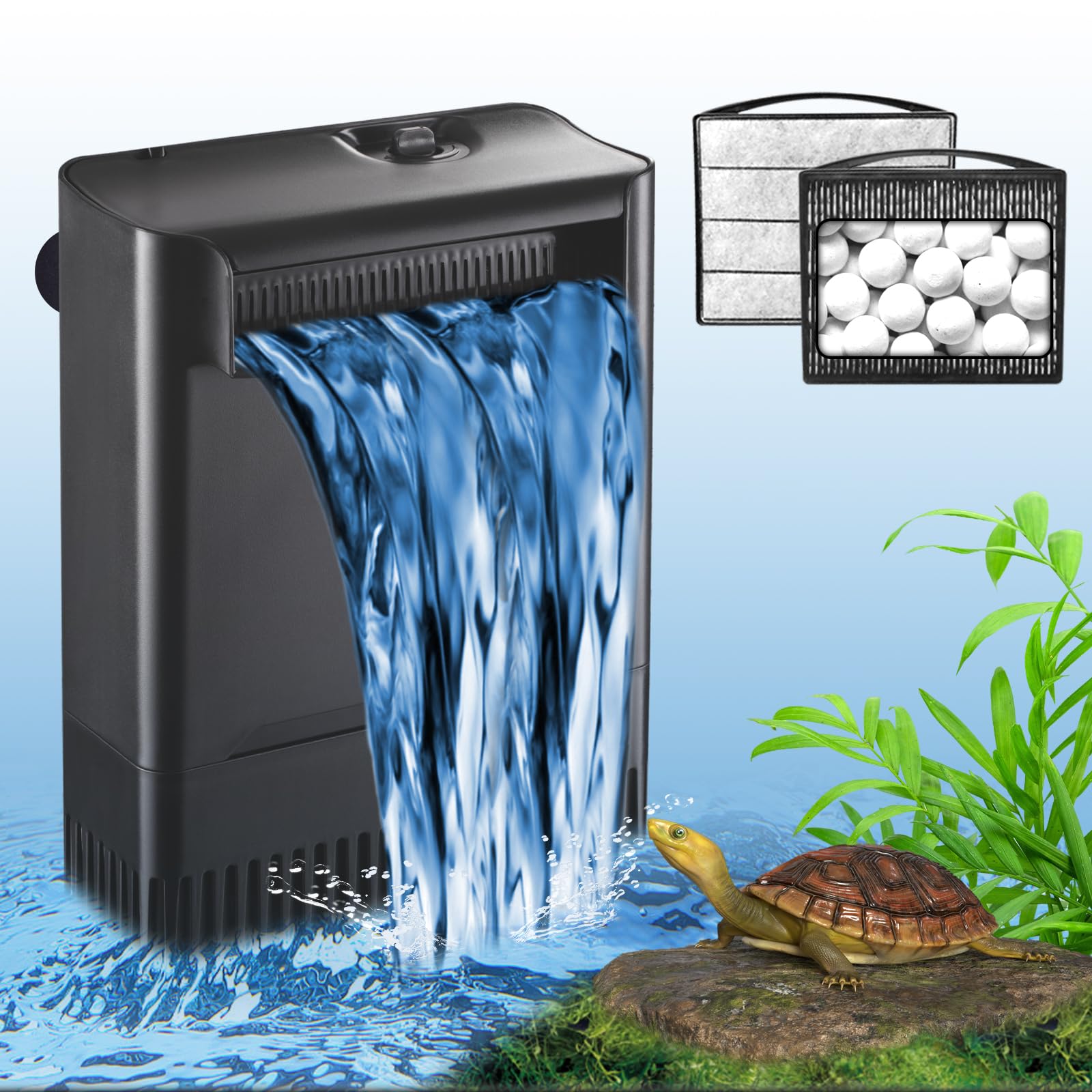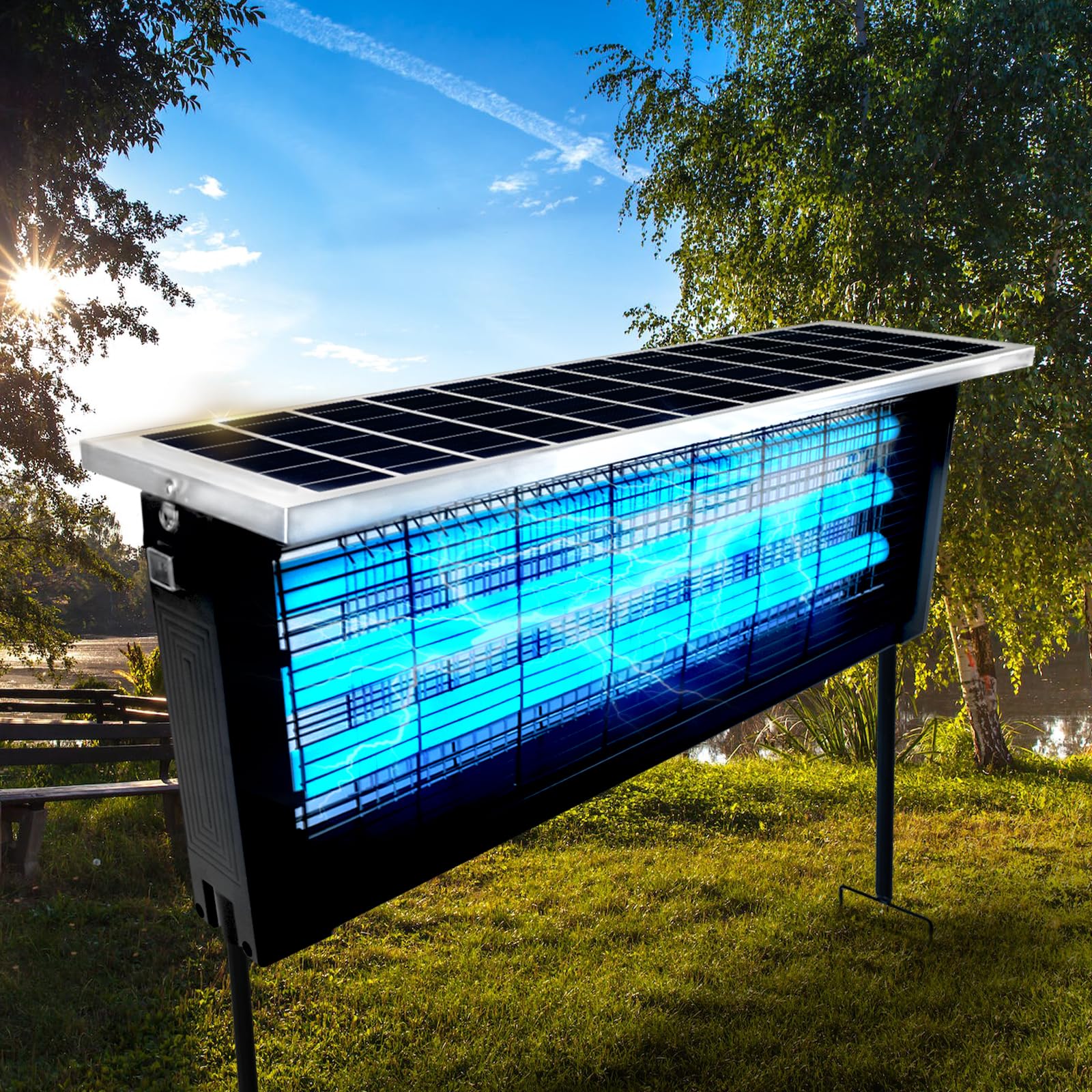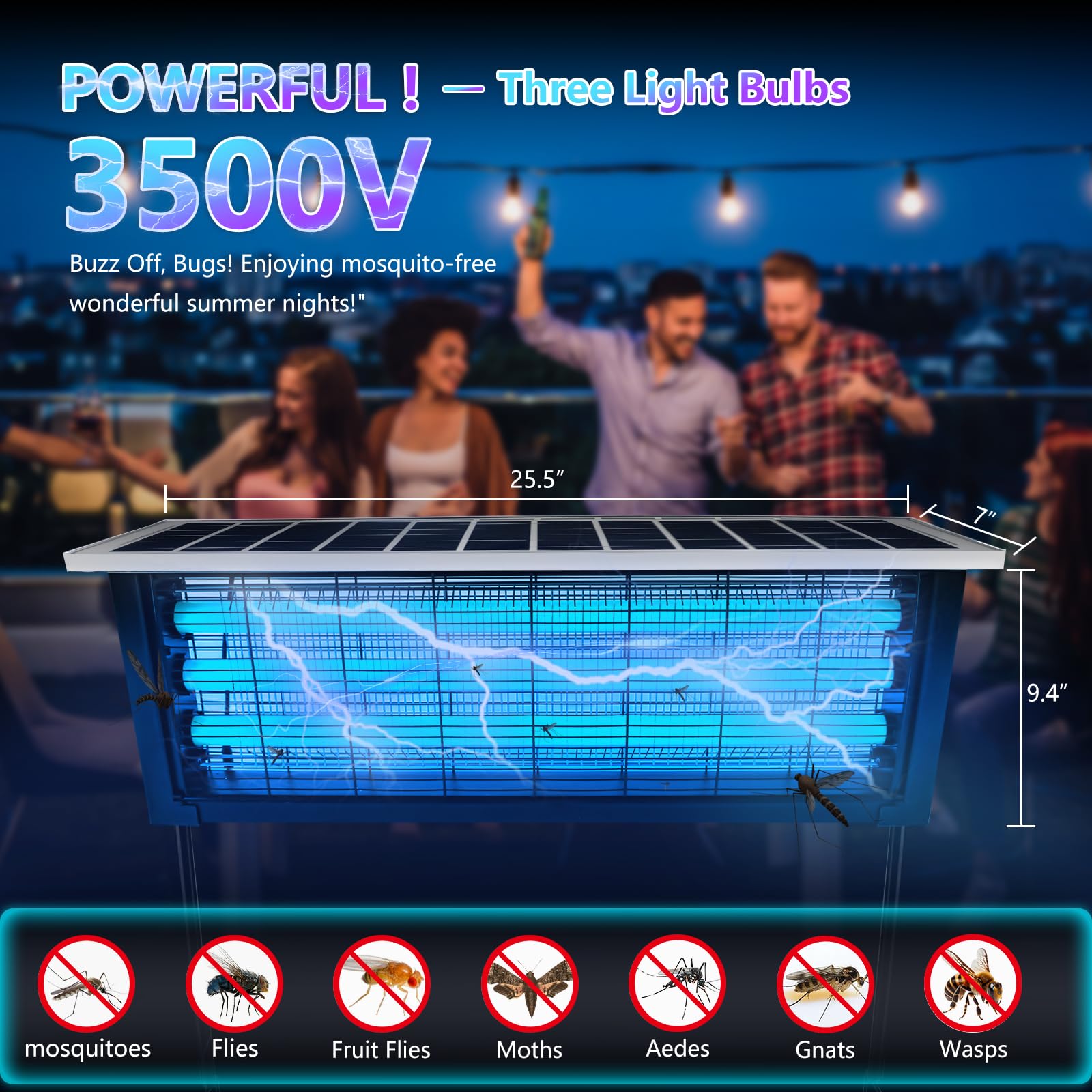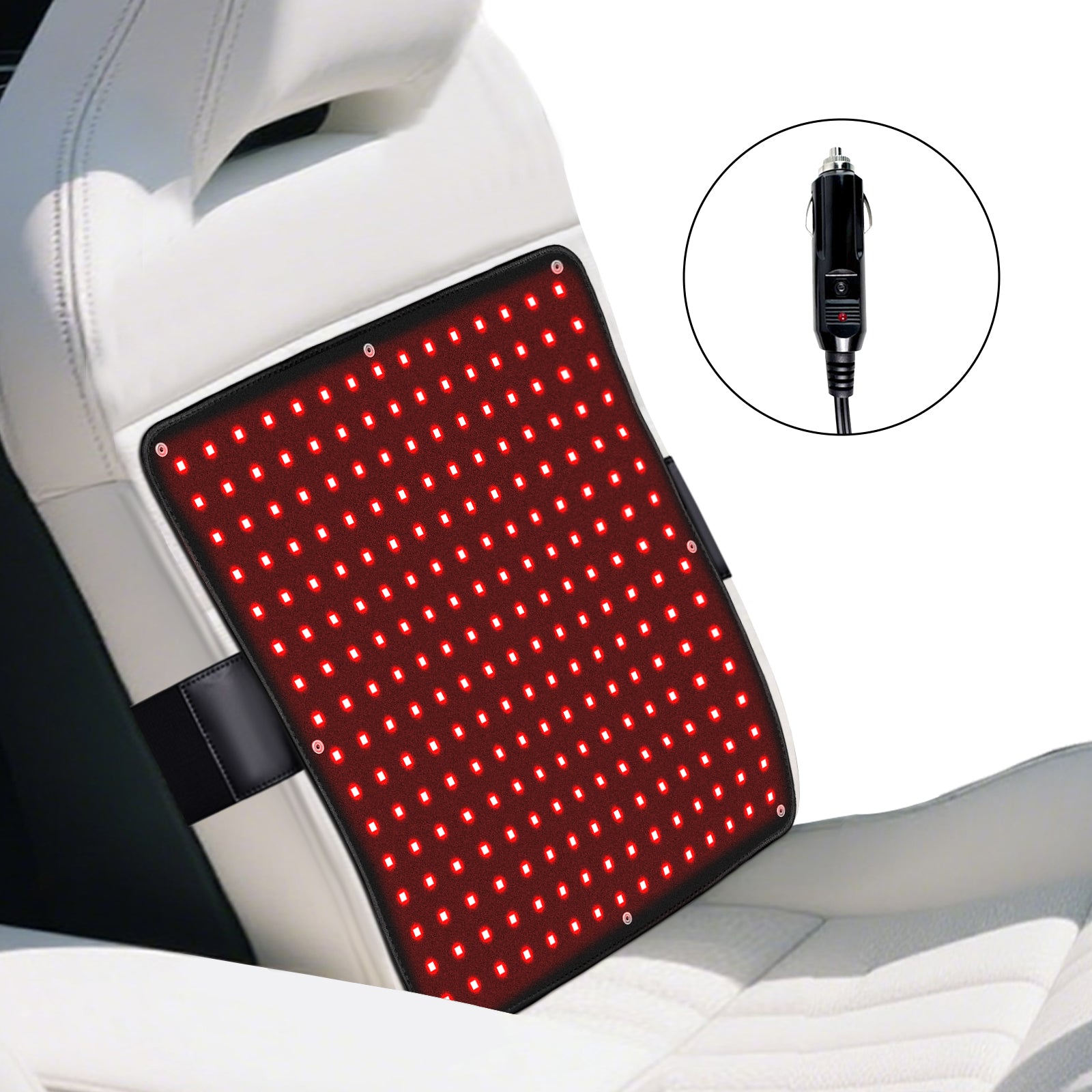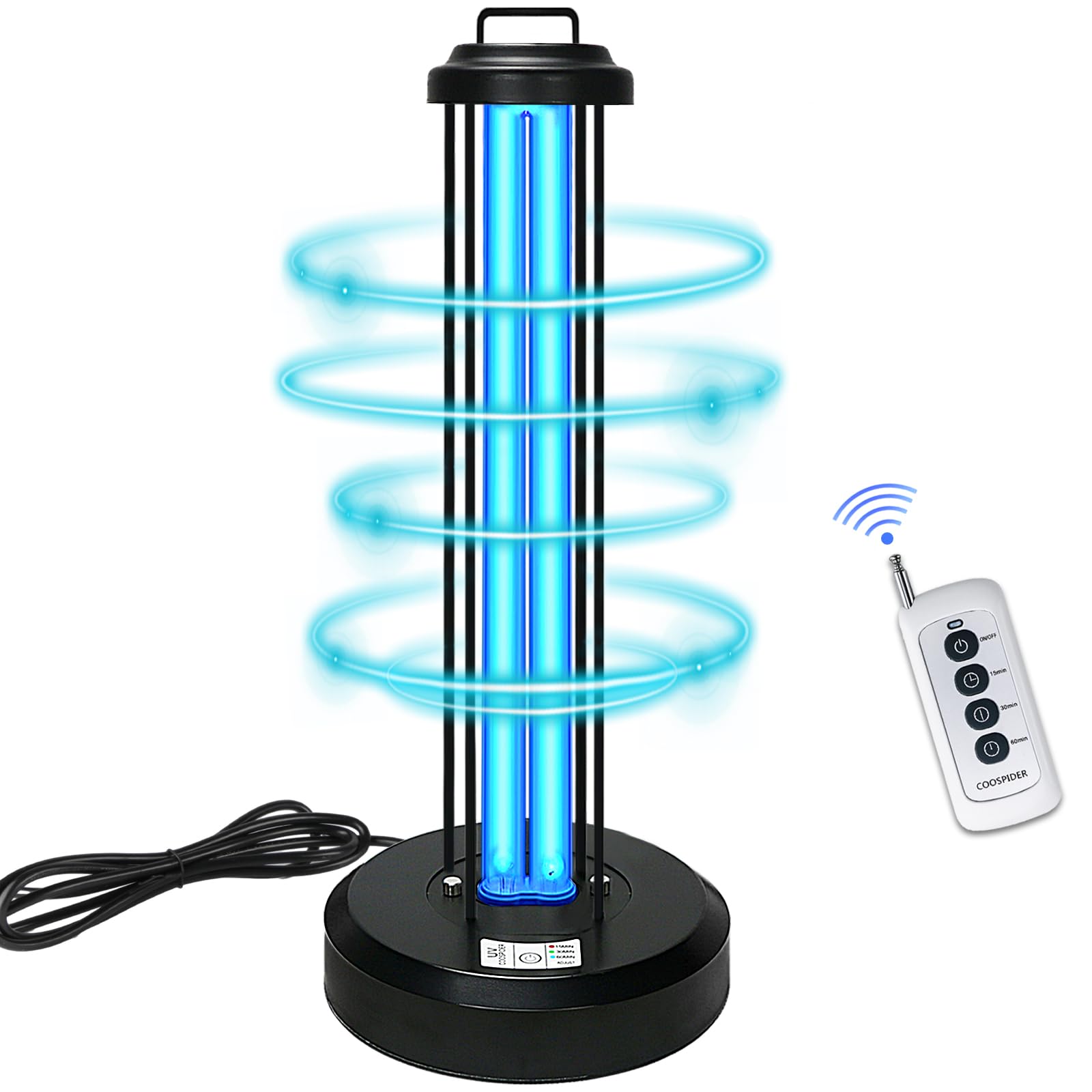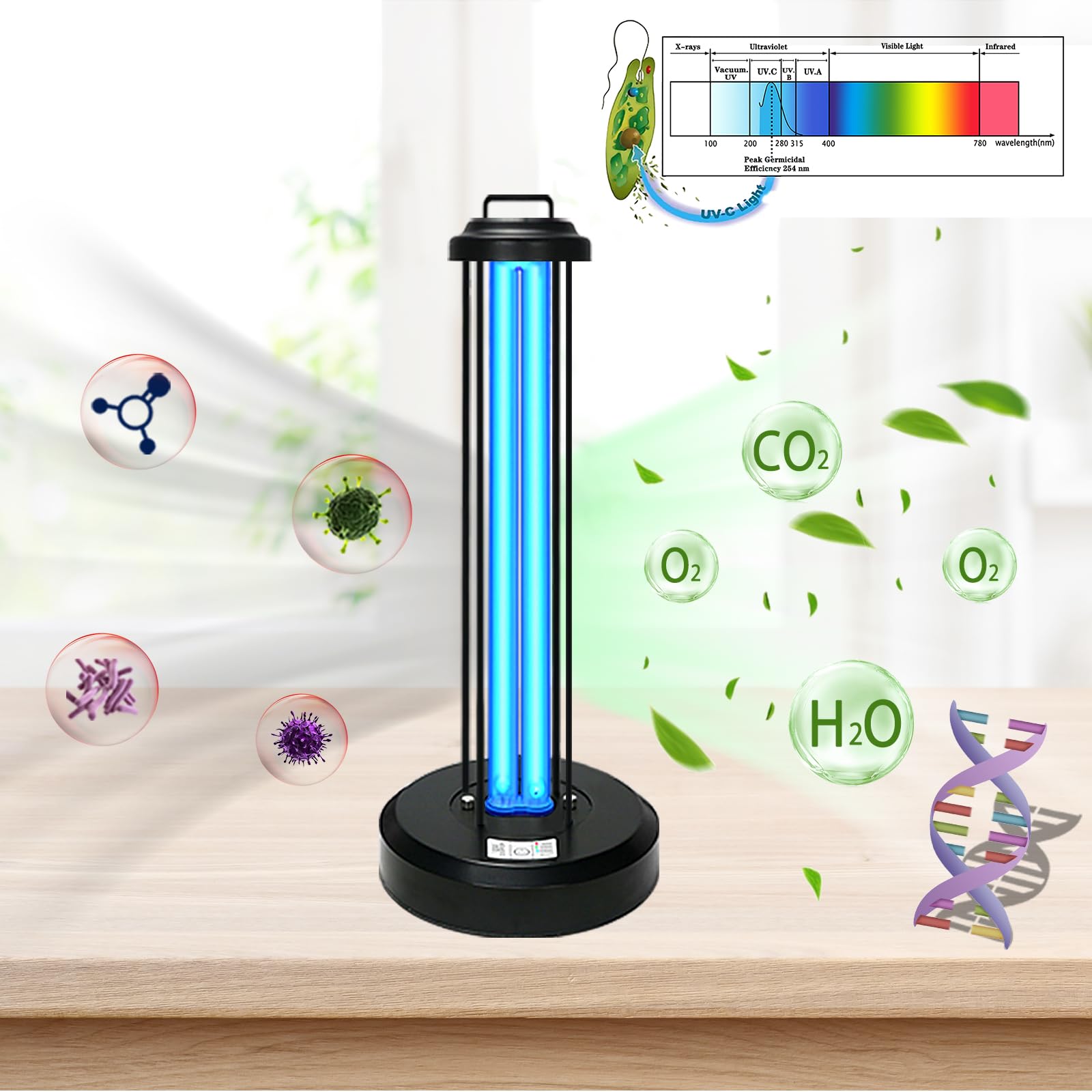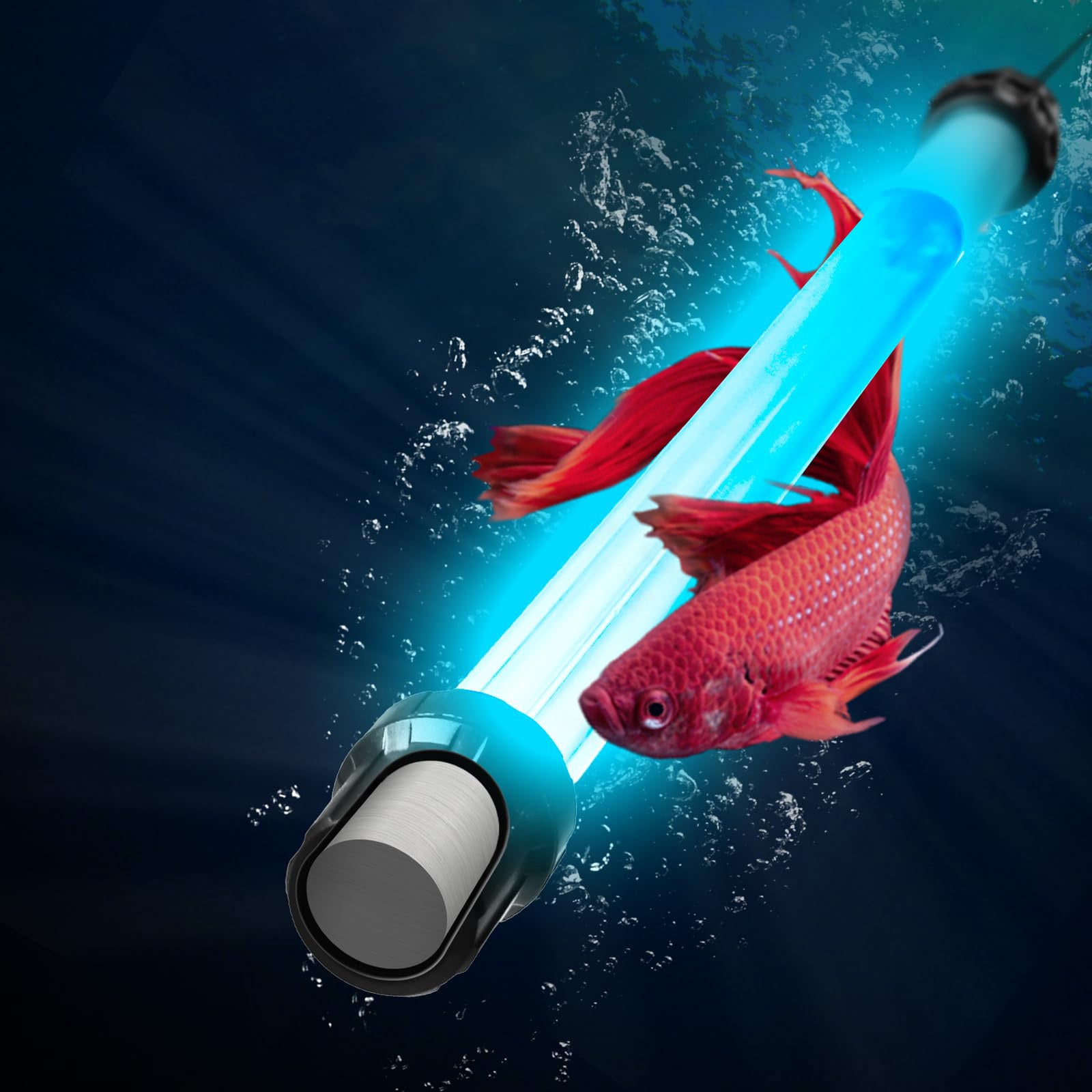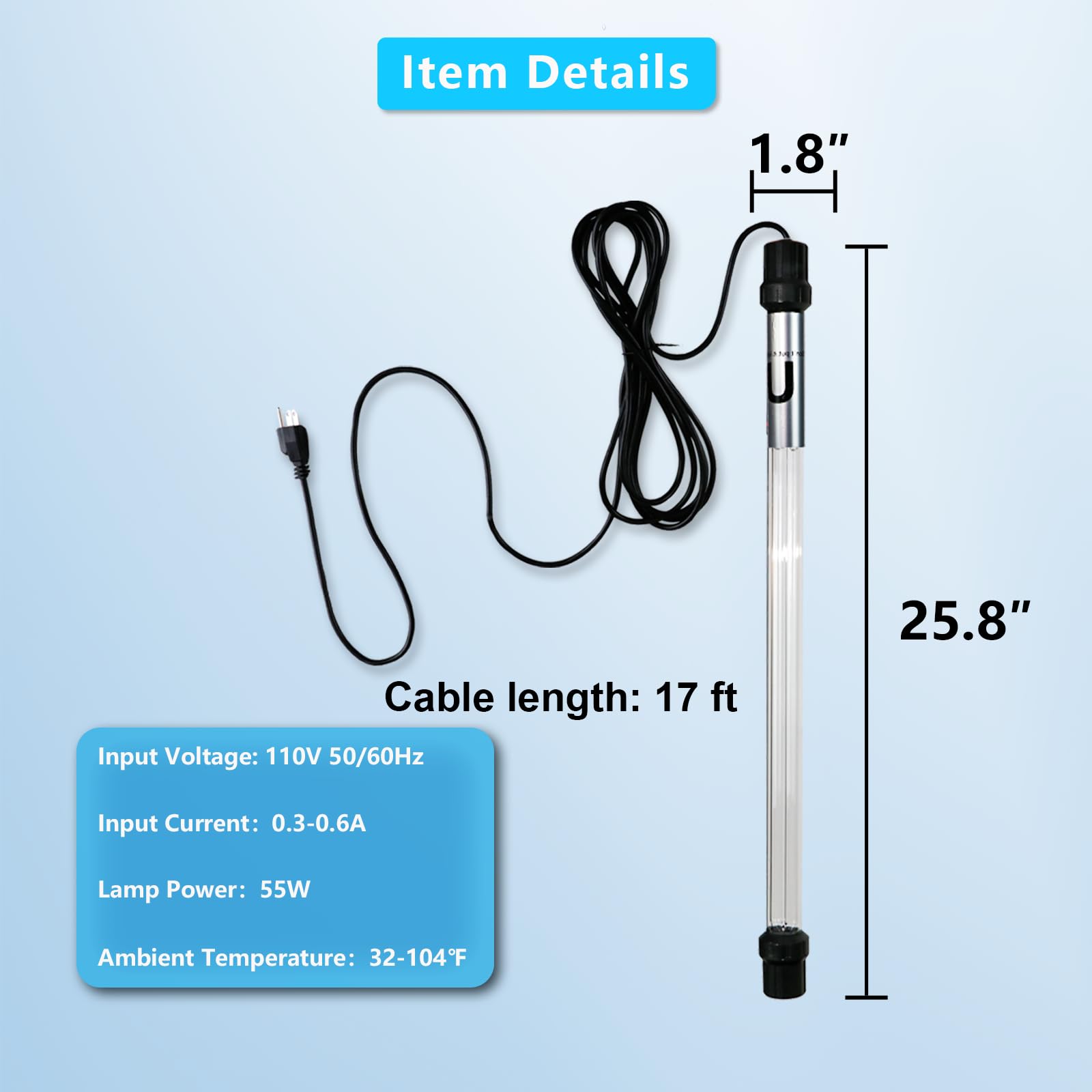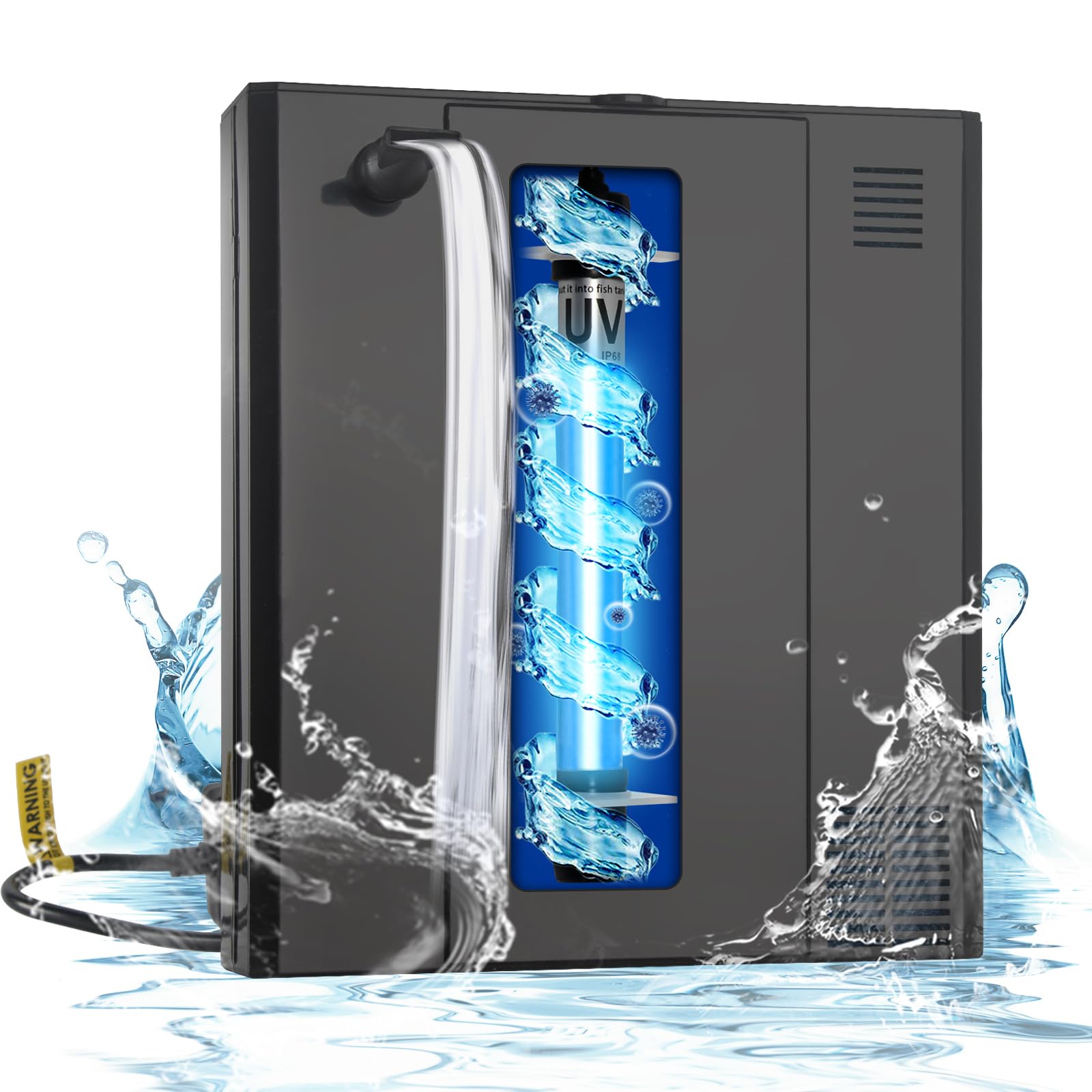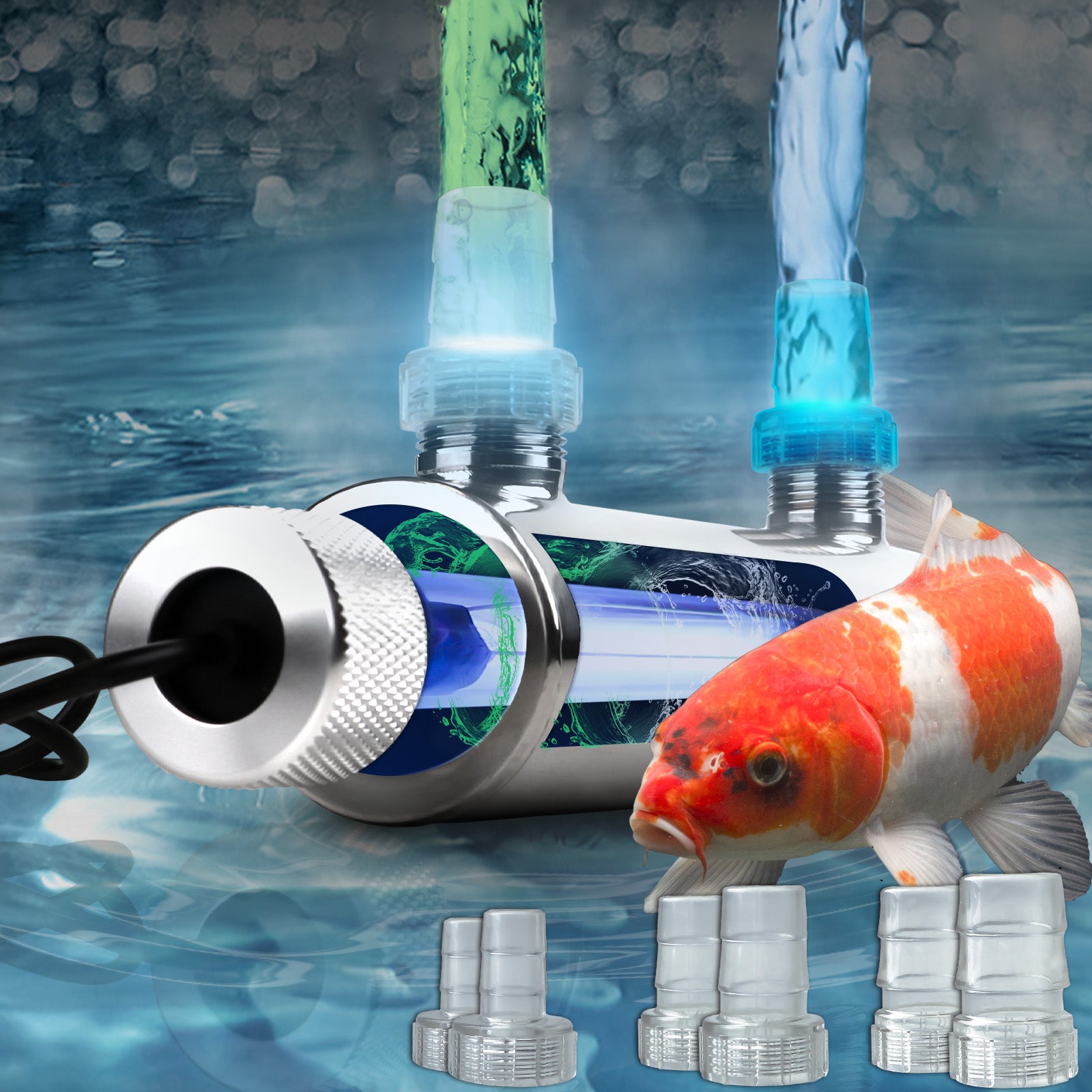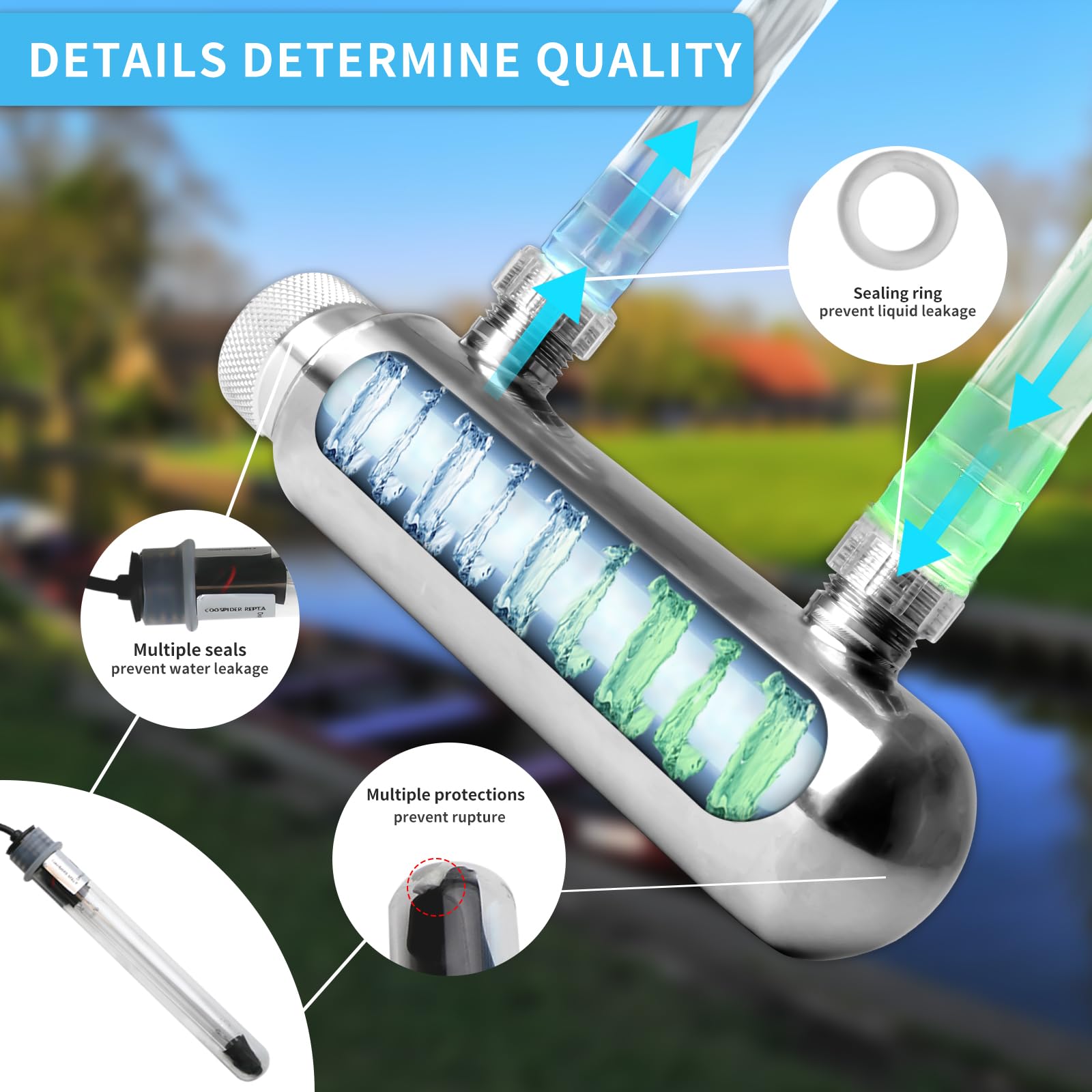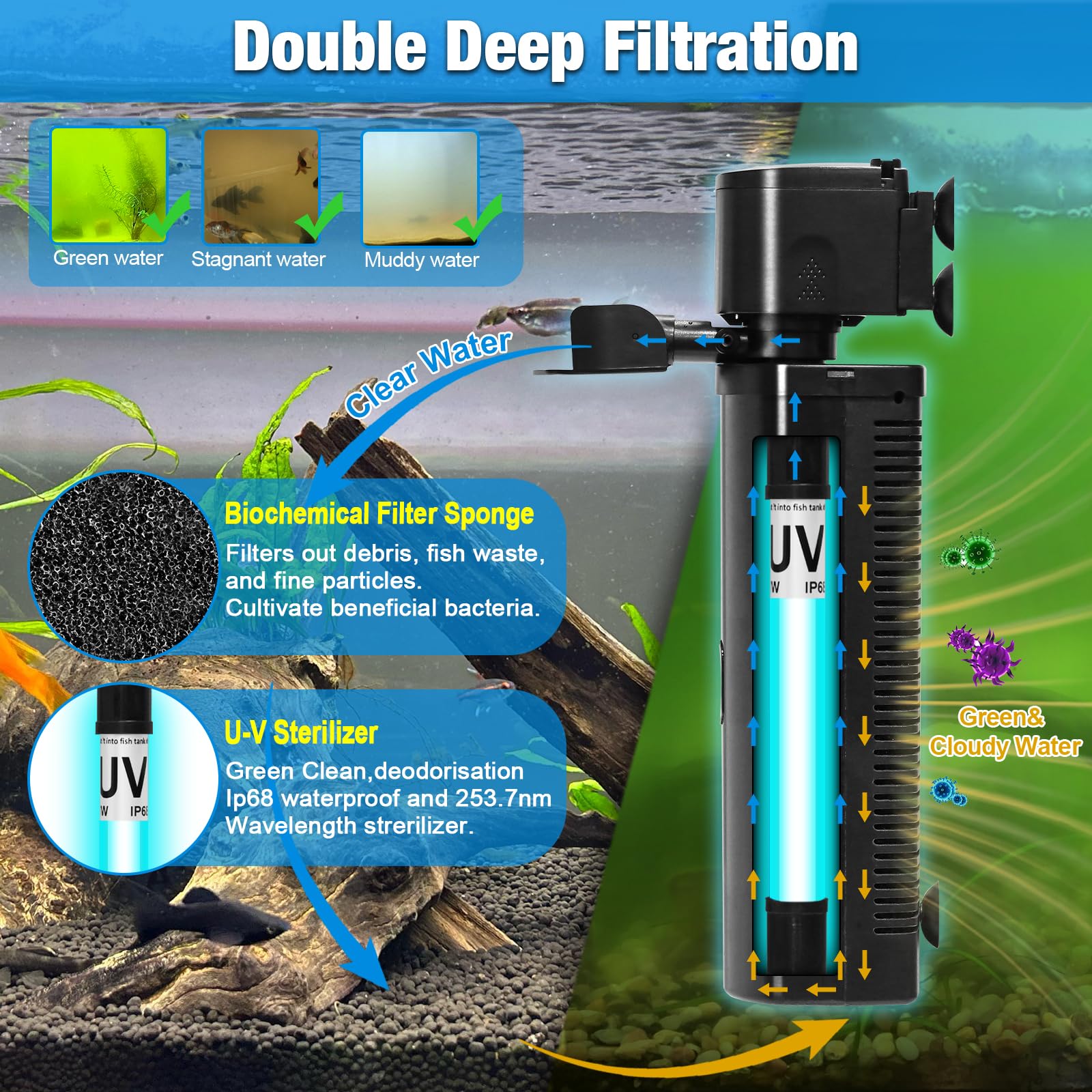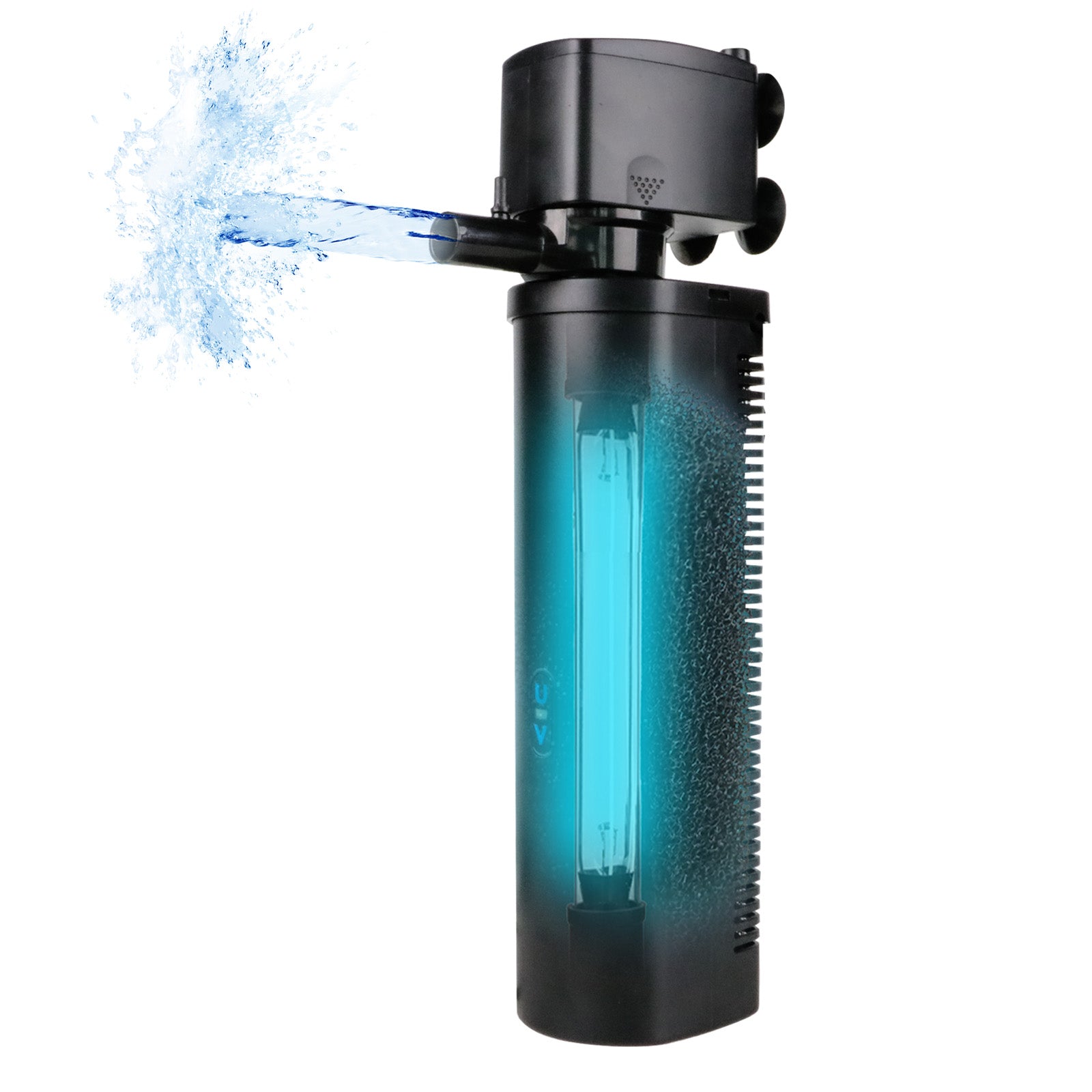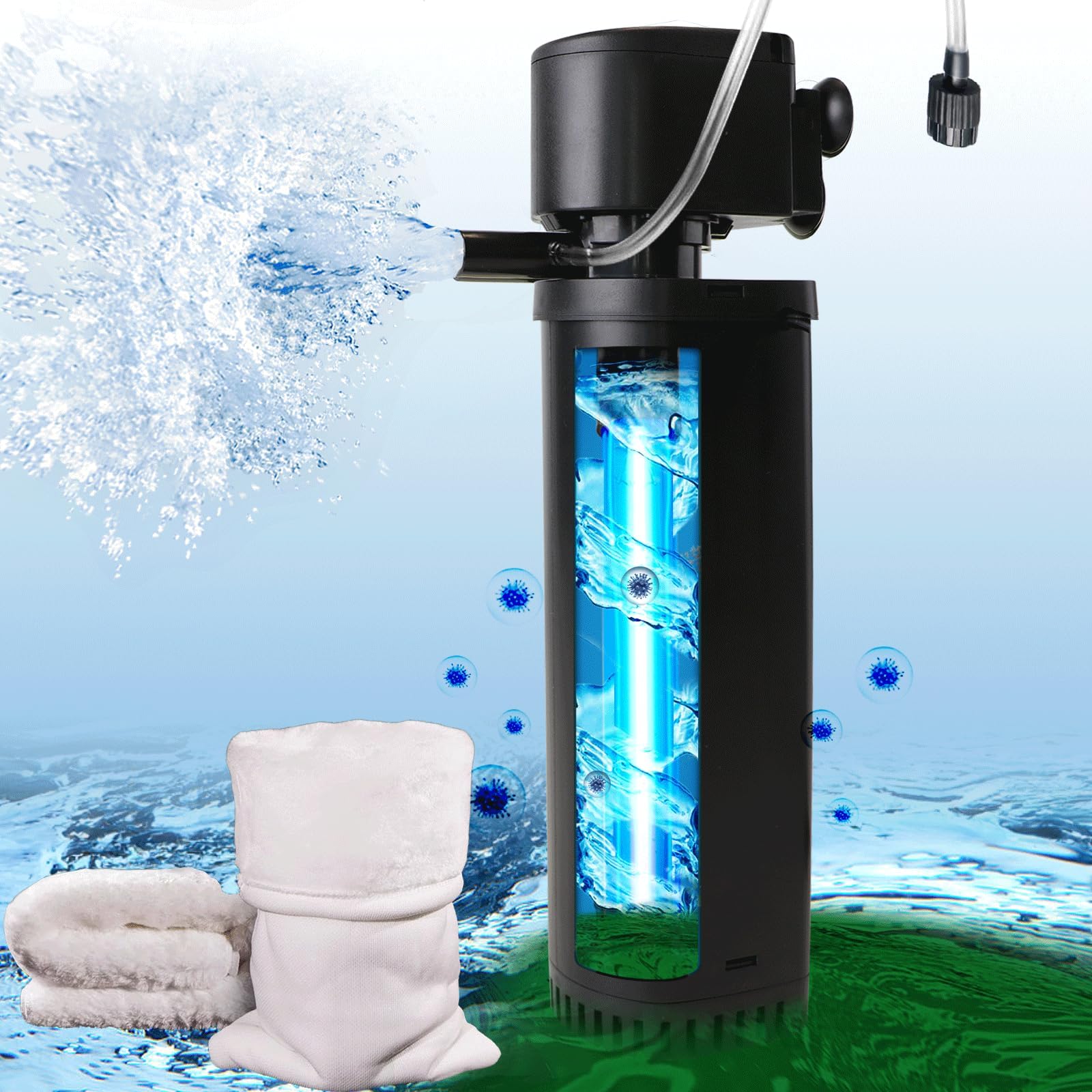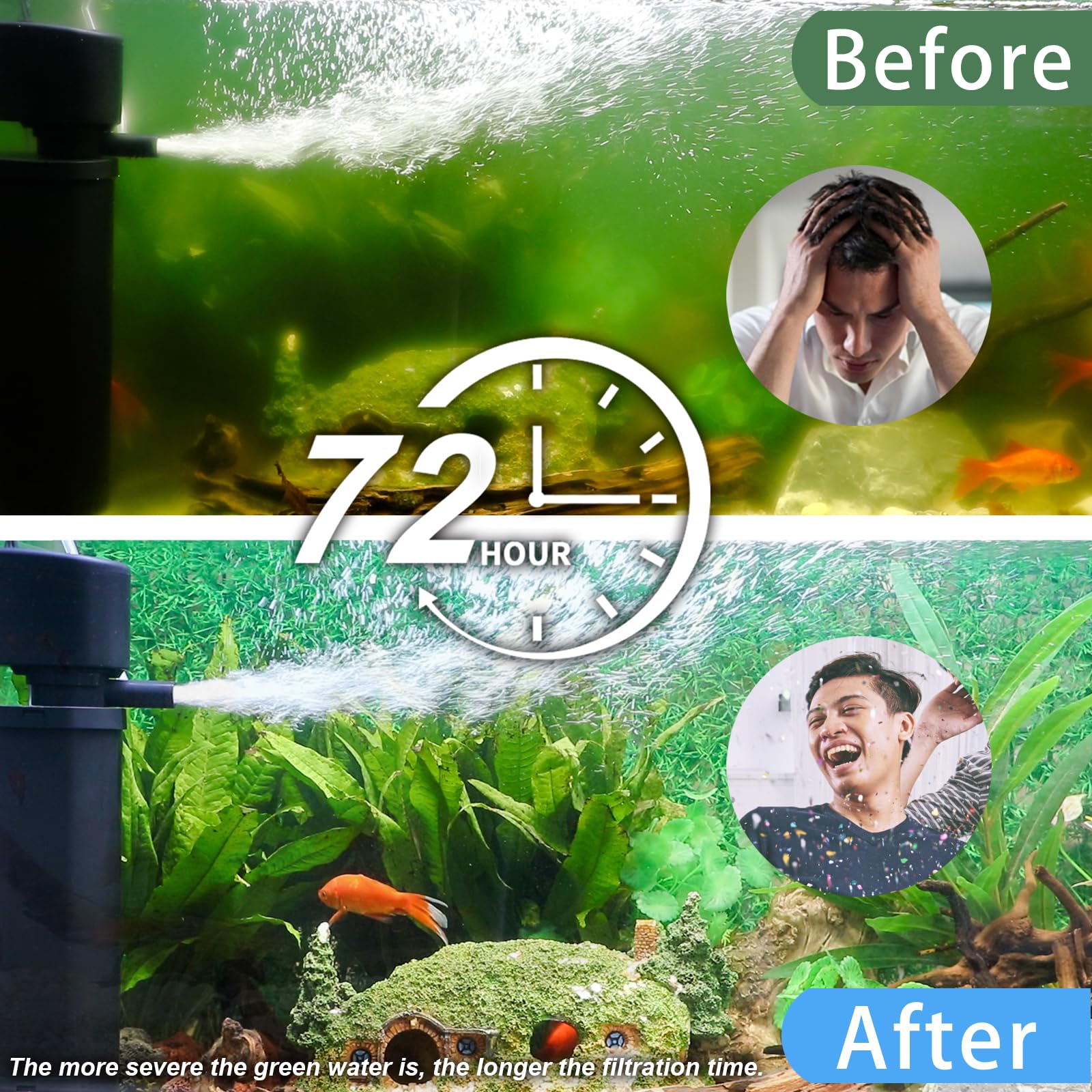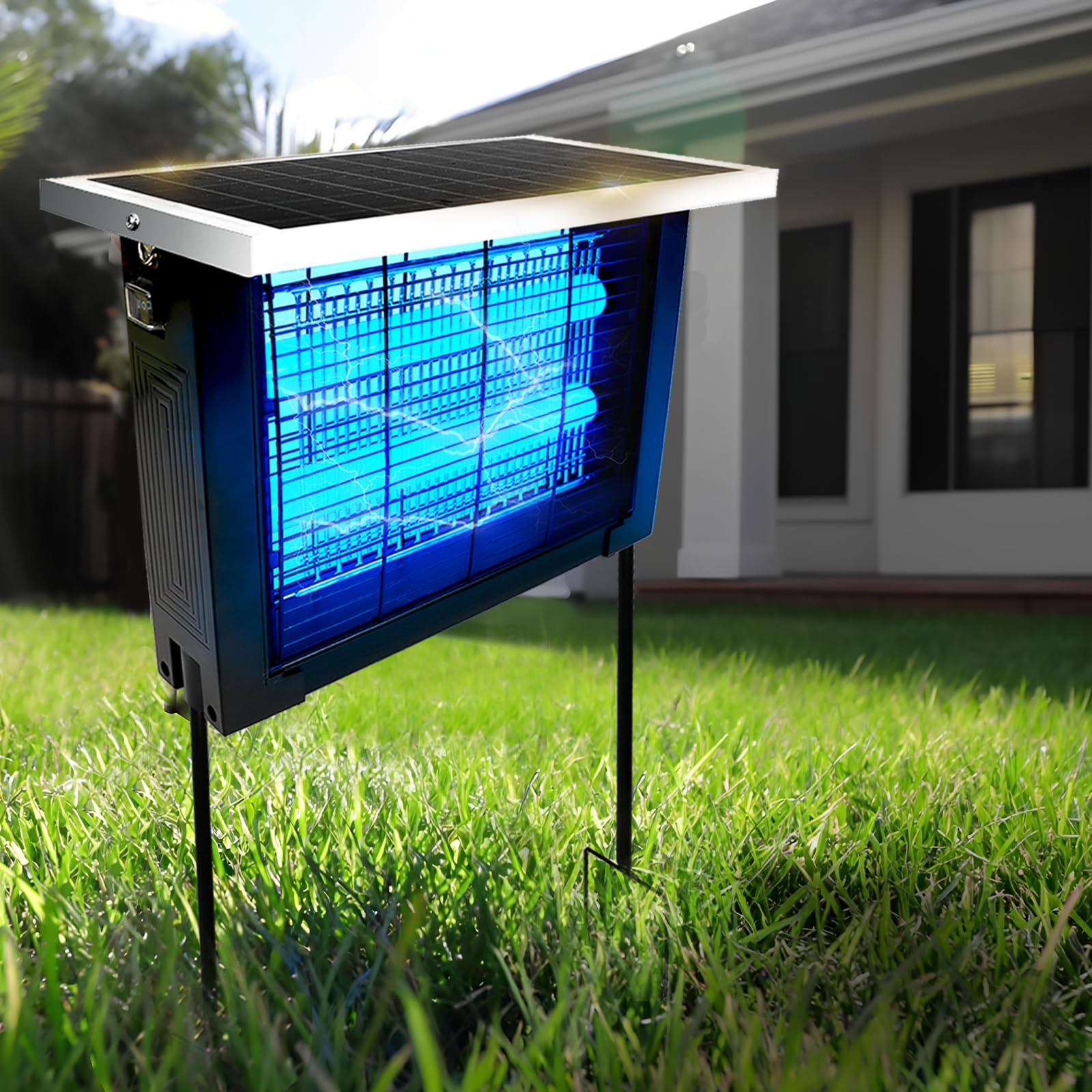Creating a stable environment for your fish is one of the most crucial aspects of successful aquarium keeping. Yet among all the equipment a fishkeeper buys—filters, lights, pumps, test kits—the aquarium heater is often underestimated. Many beginners assume that any inexpensive heater can get the job done, only to discover too late that a faulty or inconsistent heater can lead to illness, stress, or even the loss of their fish.
With so many heaters on the market—glass, titanium, adjustable, preset, submersible, inline, and more—how do you choose the right one without falling into the traps that frustrate so many new aquarium owners?
This comprehensive guide breaks down five key factors every aquarist should consider before buying a heater. Whether you're setting up your first tank or upgrading a problematic setup, understanding these five points will help you avoid common mistakes and ensure your fish enjoy a comfortable, steady environment.
1. Understand the Relationship Between Tank Size and Heater Wattage
One of the biggest mistakes beginners make is purchasing a heater without considering whether it has enough power to heat their tank effectively. Heater wattage determines how quickly and efficiently the device can raise and maintain your tank’s temperature.
There is no universal formula, but a widely accepted guideline is:
Use 2.5–5 watts of heating power per gallon of water.
For example:
-
20-gallon tank → 50–100W heater
-
40-gallon tank → 100–200W heater
-
75-gallon tank → 200–300W heater
-
100-gallon tank → two 200W heaters
However, wattage needs also depend on external factors:
A. Room Temperature vs. Tank Temperature
If the tank is kept in a warm room—say, above 72°F—the heater doesn’t need to work hard. But if the aquarium is in a basement, garage, or cold climate, the heater needs a higher wattage to compensate.
For every 10°F difference between room and tank temperature, you may need to increase total wattage by 20–40%.
B. Tank Shape Matters
A tall, narrow tank loses heat more slowly than a long, shallow tank because of different surface-area-to-volume ratios. Long tanks often require slightly stronger heating capacity.
C. Large Tanks Often Need Multiple Heaters
For tanks above 75 gallons, using two heaters on opposite sides often works better than one large unit. Benefits include:
-
More even heat distribution
-
Safety in case one heater fails
-
Reduced stress on each heater
Avoid This Pitfall: Buying a heater that’s too weak. Underpowered heaters constantly run at full capacity, overheat, and fail prematurely.
2. Choose the Right Heater Type for Your Aquarium Setup
Not all aquarium heaters are created equal. The wrong type can make temperature control inconsistent, reduce safety, or cause installation issues. Let’s explore the major heater types and which setups they’re best suited for.
A. Submersible Heaters
These are the most common heaters and are designed to be placed entirely underwater.
Pros:
-
Even heating
-
Accurate temperature control
-
Easy installation anywhere in the tank
-
Suitable for most tank sizes
Cons:
-
Glass models can crack
-
Require full submersion to function safely
Best for: Beginners, community tanks, planted tanks.
B. Glass Heaters
These heaters are typically submersible but made of tempered glass.
Pros:
-
Inexpensive
-
Good accuracy
Cons:
-
Can break if exposed to sudden temperature changes
-
Vulnerable to large fish, turtles, or falling rock décor
Avoid if: You keep cichlids, turtles, or other strong species that may knock the heater.
C. Titanium Heaters
These are metal heaters known for durability.
Pros:
-
Virtually unbreakable
-
Ideal for aggressive or large fish
-
Faster heating
Cons:
-
Typically more expensive
-
Require a separate external controller
Best for: Big tanks, saltwater tanks, turtle tanks, or tanks with large or strong fish.
D. Preset Heaters
These are programmed to stay at a fixed temperature (usually around 78°F).
Pros:
-
Perfect for beginners
-
No adjustment required
-
Low failure rate
Cons:
-
Not suitable for species requiring specific temperatures
-
No way to turn up heat in cooler rooms
-
Less precise control
Best for: Small tanks under 20 gallons or children’s beginner aquariums.
E. Inline Heaters
These attach to a canister filter hose and heat water as it circulates.
Pros:
-
No heater inside the tank (better aesthetics)
-
Very even heating
-
Safe for fish that bump into equipment
Cons:
-
More expensive
-
Only compatible with certain external filters
Best for: Planted tanks, aquascapes, large tanks with canister filters.
Avoid This Pitfall: Choosing a heater type that doesn’t match your tank setup, filtration system, or livestock.
3. Temperature Accuracy and Stability: The Most Critical Factor
A heater’s most important job is not simply to heat water—it's to hold the temperature steady. Fish experience stress, illness, and even death when temperatures swing dramatically, even if the average temperature is okay.
Signs of a Low-Quality or Inaccurate Heater
-
You set the heater to 78°F but the tank reads 83°F
-
Temperature fluctuates 3–5°F throughout the day
-
Heater frequently clicks on/off
-
Uneven temperature in different parts of the tank
A reliable heater should maintain temperature within 1°F of your target.
How to Identify a Stable Heater
Look for these features:
A. Built-in Thermostat or External Temperature Controller
Heaters with digital controls or external controllers tend to be far more accurate.
Titanium heaters often require a separate controller—this is not a disadvantage. In fact, controllers provide:
-
Overheat protection
-
Real-time temperature displays
-
Fail-safe shut-off
B. Reliable Brands
When it comes to heaters, brand matters. Cheap no-name heaters often fail hot—meaning they overheat the tank until the fish die.
Trusted brands known for heater stability include:
-
Eheim
-
Fluval
-
Hygger
-
Aqueon Pro
-
Finnex (titanium)
-
Aquatop
C. Double Temperature Sensors
High-end heaters include dual sensors to calculate more accurate readings and prevent incorrect heating during setup or cleaning.
D. Anti-Dry Protection
If the water level drops, some heaters can burn out or explode. A dry-run cutoff shuts the heater off automatically.
Avoid This Pitfall: Buying cheap heaters with inaccurate thermostats or no safety features. These are the #1 cause of sudden fish deaths in beginner tanks.
4. Safety Matters: Don’t Ignore These Essential Features
Aquarium heaters operate under unique stress: constant submersion in water and repeated heating cycles. Safety is not optional—it’s critical.
Below are the most important safety features to look for:
A. Overheat Protection
If the controller detects the temperature rising too high, the heater will automatically shut off.
This protects your fish from catastrophic tank overheating.
B. Shatterproof Material
Glass heaters are prone to cracking when:
-
Water level drops
-
A fish hits the heater
-
You perform a water change with cold water
-
They are left running out of water
Titanium heaters eliminate this problem.
C. Insulated Power Cords
Look for high-quality, thick, saltwater-safe insulation. Weak cords may crack, leak current, or fail.
D. Fully Submersible Rating
Some heaters are semi-submersible—never buy these. A fully submersible heater is safer and more reliable.
E. Waterproof End Caps
End caps prevent water from seeping into electronic components.
F. Indicator Lights
A heater should clearly show:
-
When it’s heating
-
When it’s idle
This helps you diagnose issues before they become serious.
Avoid This Pitfall: Buying heaters with weak safety features or no overheat protection—these are the cause of burnt-out heaters, cracked glass, and electrical hazards.
5. Understanding the Five Most Common Beginner Mistakes
Even with a great heater, many people ruin their equipment or put fish at risk by using it incorrectly. Here are the five most common mistakes and how to avoid them:
Mistake #1: Plugging in the Heater Before Submerging It
This is a near-guaranteed way to destroy a heater. Always submerge fully before plugging in.
Mistake #2: Placing the Heater in an Area With Poor Water Flow
Heaters must be placed near:
-
Filter outputs
-
Bubblers
-
Circulation pumps
Good water movement ensures even temperature.
Mistake #3: Not Using a Thermometer
Never trust the heater dial alone. Use:
-
A digital thermometer
-
A stick-on strip
-
A probe thermometer
Always verify temperature independently.
Mistake #4: Not Giving the Heater Time to Adjust
A new heater should sit in the tank 15–30 minutes before powering on so it can equalize with tank temperature.
Mistake #5: Using a Heater With No Redundancy
A single heater failure can cook or freeze your tank.
Best practice:
-
For large tanks: use two smaller heaters
-
For sensitive species: use two heaters + external controller
Bonus Section: Heater Recommendations for Different Tank Types
Below are examples of heaters commonly used in various setups.
For 5–20 Gallon Tanks
-
Preset 78°F heaters
-
Small submersible glass heaters
-
USB-powered nano heaters
For 20–55 Gallon Tanks
-
Adjustable submersible heaters
-
Titanium heaters with external controllers
For 55–125 Gallon Tanks
-
Dual heater setup
-
Inline heater + backup titanium heater
For Saltwater Tanks
-
Titanium heater
-
External digital controller
-
High-flow placement
For Turtle Tanks
-
Titanium heaters only (glass will break)
For Planted Aquascapes
-
Inline heaters to keep equipment hidden
Conclusion: The Perfect Heater Depends on Your Tank’s Needs
Choosing an aquarium heater isn’t just about price—it's about stability, accuracy, safety, and long-term reliability. By focusing on the five key points in this guide:
-
Correct wattage
-
Proper heater type
-
Temperature accuracy
-
Safety features
-
Avoiding beginner mistakes
You can avoid the most common pitfalls that frustrate aquarium hobbyists and put fish at risk.
A reliable heater keeps your tank stable, your fish healthy, and your aquarium experience stress-free.


